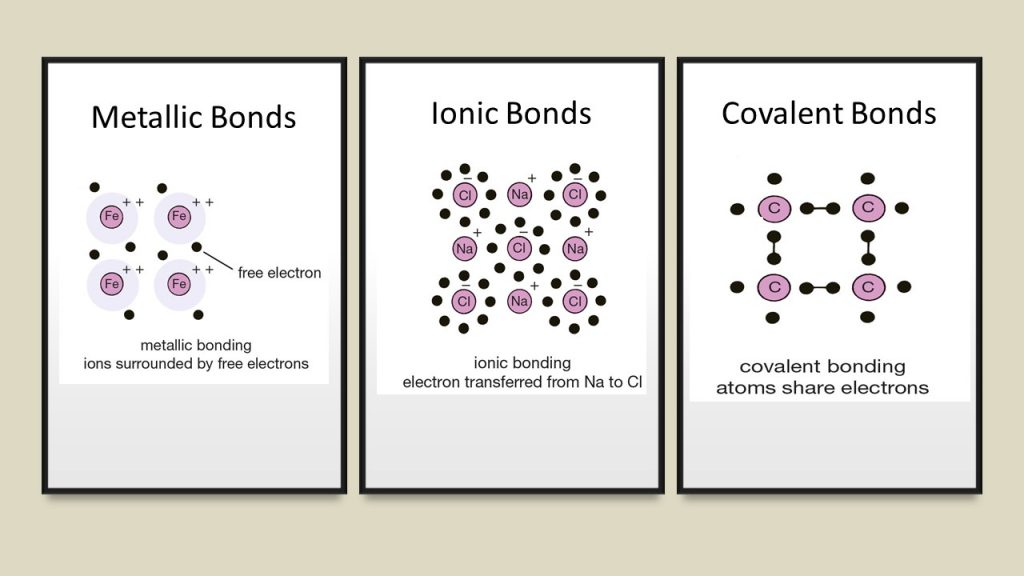
1 mol COCl 3.6NH 3 (Yellow)+ AgNO 3 → 3 mol AgCl gave.iii) It is represented by thick lines while writing the structure of the complex. ii) The number of secondary valencies is equal to coordination number. The groups satisfying secondary valencies are called ligands. Secondary valency(Non – Ionisable valency) i) It is satisfied by anions or neutral molecules or rarely with cations.iii) It is represented by dotted lines while writing the structure of complex Primary Valency (Ionisable Valency): i) It is referred to as oxidation state.According to Werner transition metals possess two types of valencies.

ii) They have high nuclear charge iii) They have vacant d – orbitals iv) They can accept lone pairs of electrons.

2) They don't completely lose their identity in solution.

Coordination compound : 1) They exist in the solid state as well as in solution.3)The properties of double salt are essentially the same as those of the constituent compounds 4) In double salts, metal ion exhibit their normal valency.5) Double salts contain ionic bonds Ex: KCl.MgCl 66H 2O (Carnallite) ii) K 2SO 4.Al 2SO 4.24 H 2O.(Potash alum) iii)FeSO 4(NH 4) 2SO 4.6H 2O (Mohr's salt) Double Salt: 1) Double salts exist only in solid state and dissociate into ions in water 2) They lose their identity in solution.


 0 kommentar(er)
0 kommentar(er)
